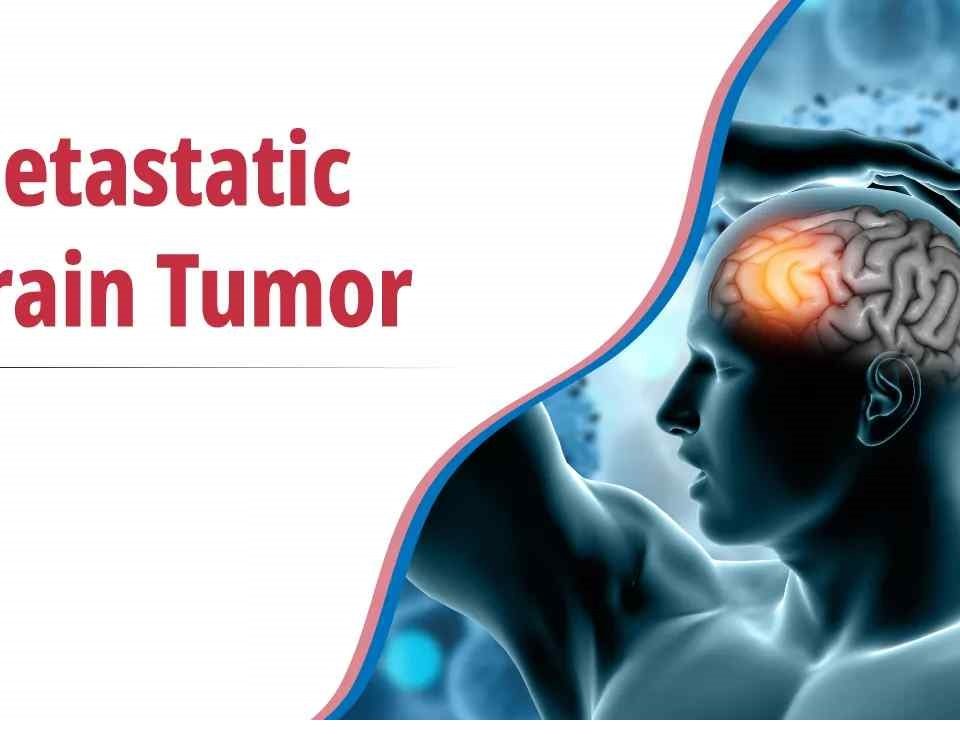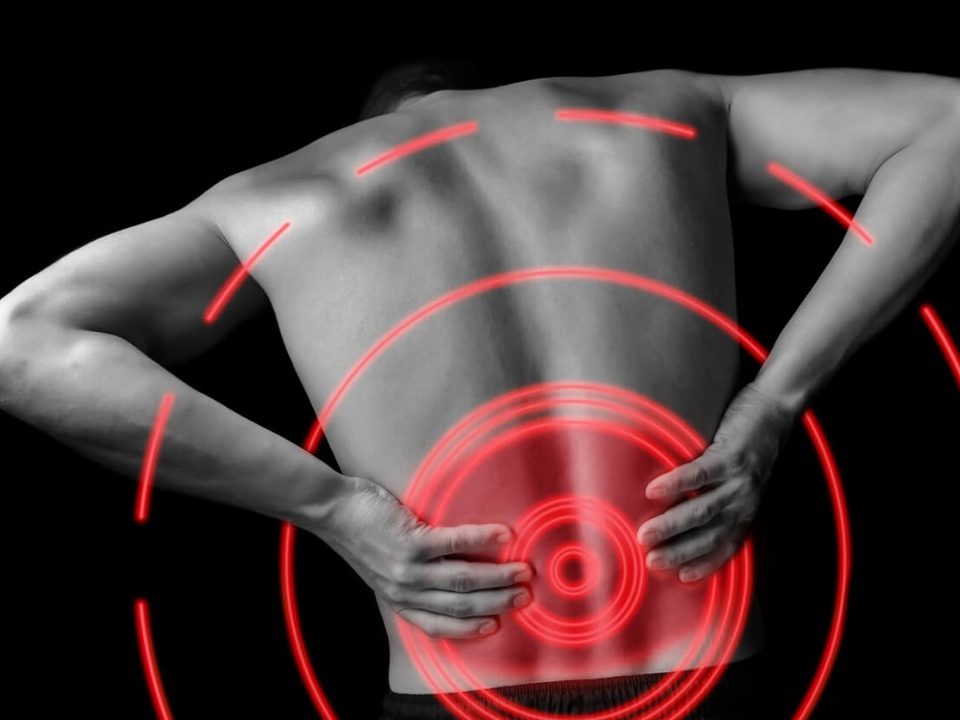A cyst is a fluid-filled sac that can develop in the spine as a result of degeneration and can lead to spinal stenosis or other painful, serious conditions. There are several different types of cysts that may develop within the spinal cord, although synovial cysts are most common. Synovial cysts develop within the facet joints as cartilage wears away and excess fluid is produced within the joint. The excess fluid is retained within synovium of the joint and forms a cyst. Other types of spinal cysts include arachnoid cysts, Tarlov cysts, extramedullary cysts and many more.
Symptoms of Spinal Cysts
Patients with a spinal cyst may not experience any symptoms if the cyst remains small and stable. As the cyst progresses and becomes more severe, it may cause pain in the back that travels down the legs as well, and can also lead to spinal stenosis, which may cause pain, cramping and numbness. Spinal cysts tend to cause pain in certain positions, such as while standing or remaining still for prolonged periods of time. Many patients can reduce the severity of their symptoms by frequently changing positions or by adjusting their activities to remain in a seated position more often.
Typical symptoms will usually include one or a combination of the following:
- Lower back pain may or may not be present
- Lumbar radiculopathy or leg pain (also called sciatica). The leg pain may occur in one or both legs, and may radiate down the back of the leg and into the foot.
- Typically, there is minimal or no pain if the patient is seated, because in the seated position the spinal canal opens up and there is not as much pressure on the spinal nerves. When standing up straight or walking, however, the spinal canal closes down and creates more pressure on the nerves.
- Neurological deficits, which may include numbness or tingling, or muscle weakness, in one or both legs. Weakness may include foot drop.
- Neurogenic claudication, which usually presents as a painful, cramping feeling in the legs
Spinal Cyst Diagnosis
For a patient reporting symptoms, a doctor may recommend an X-ray to rule out other problems, but the cyst is usually found through magnetic resonance imaging, or MRI. The cyst will clearly appear as bubble-like growth near a facet joint in the spine. Knowing the cyst’s size and position will help the doctor develop a treatment plan.
Spinal Cyst Treatment
Cysts that do not cause symptoms and do not seem to be growing at a rapid rate may not require any treatment other than regular monitoring of the condition. Conservative treatment may include rest, anti-inflammatory painkillers, steroid injections, and drainage. Though these approaches may temporarily relieve the symptoms, cysts may reform or refill, resulting in further discomfort. Surgery is suggested for stubborn cysts that are causing you pain and impaired movement. There are several different surgical approaches to removing the cyst and preventing a recurrence. Patients should discuss their options with their neurosurgical spine surgeon for guidance on what’s most likely to provide lasting relief.


